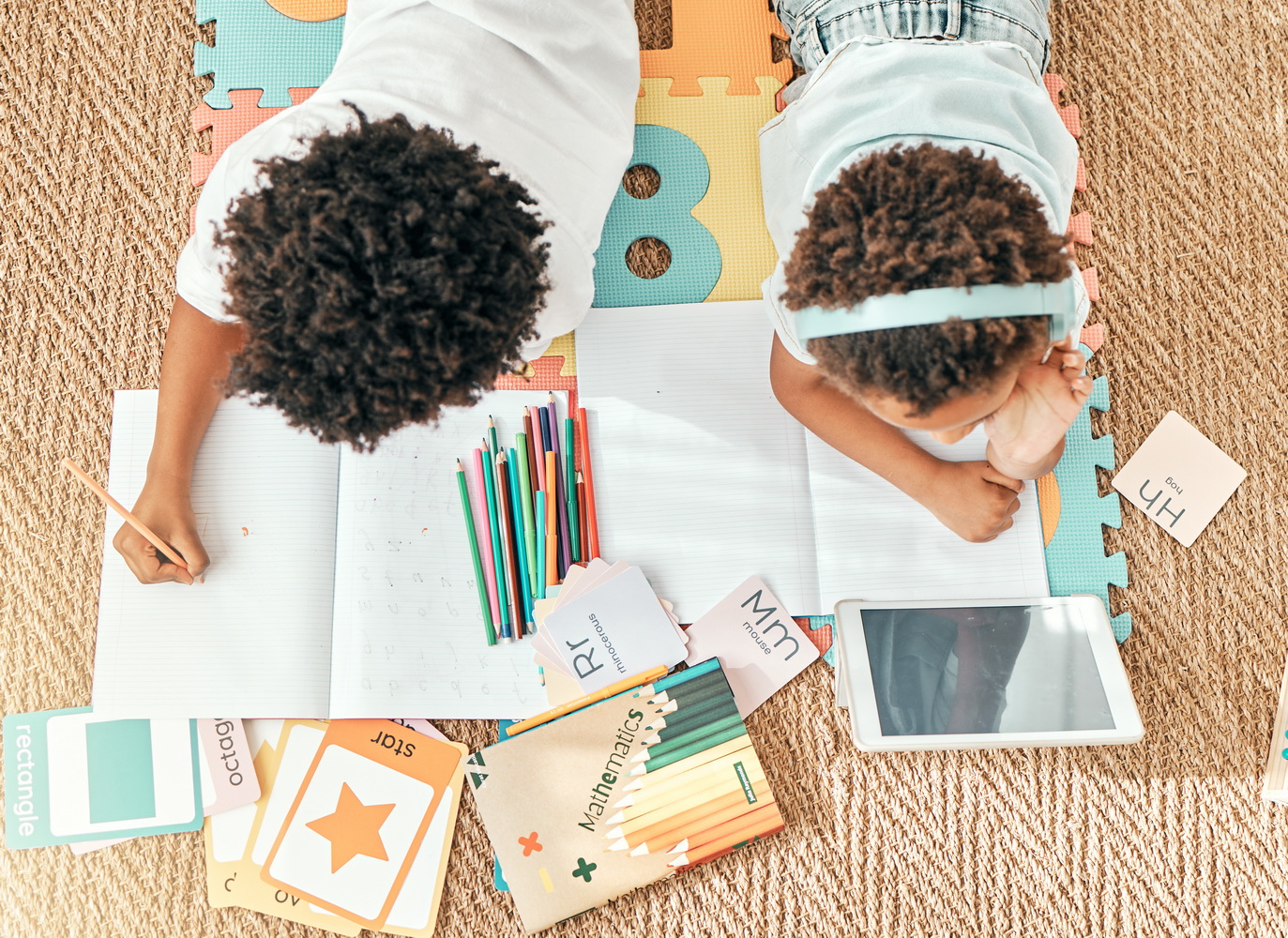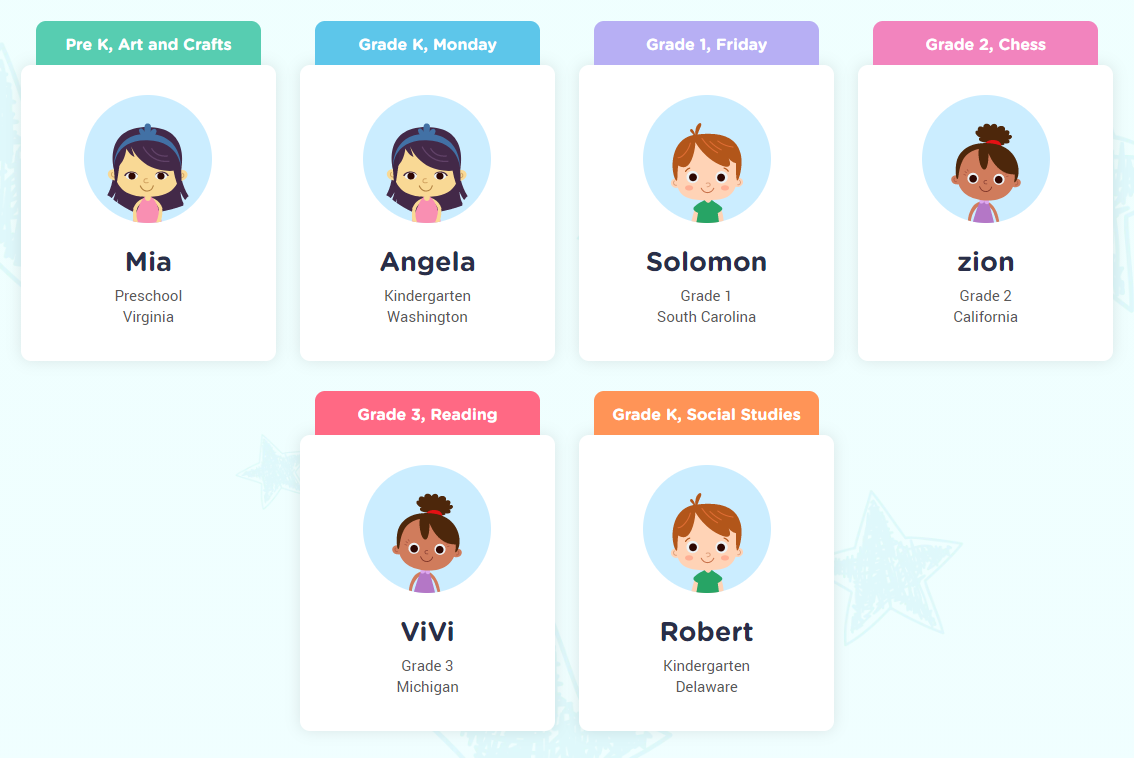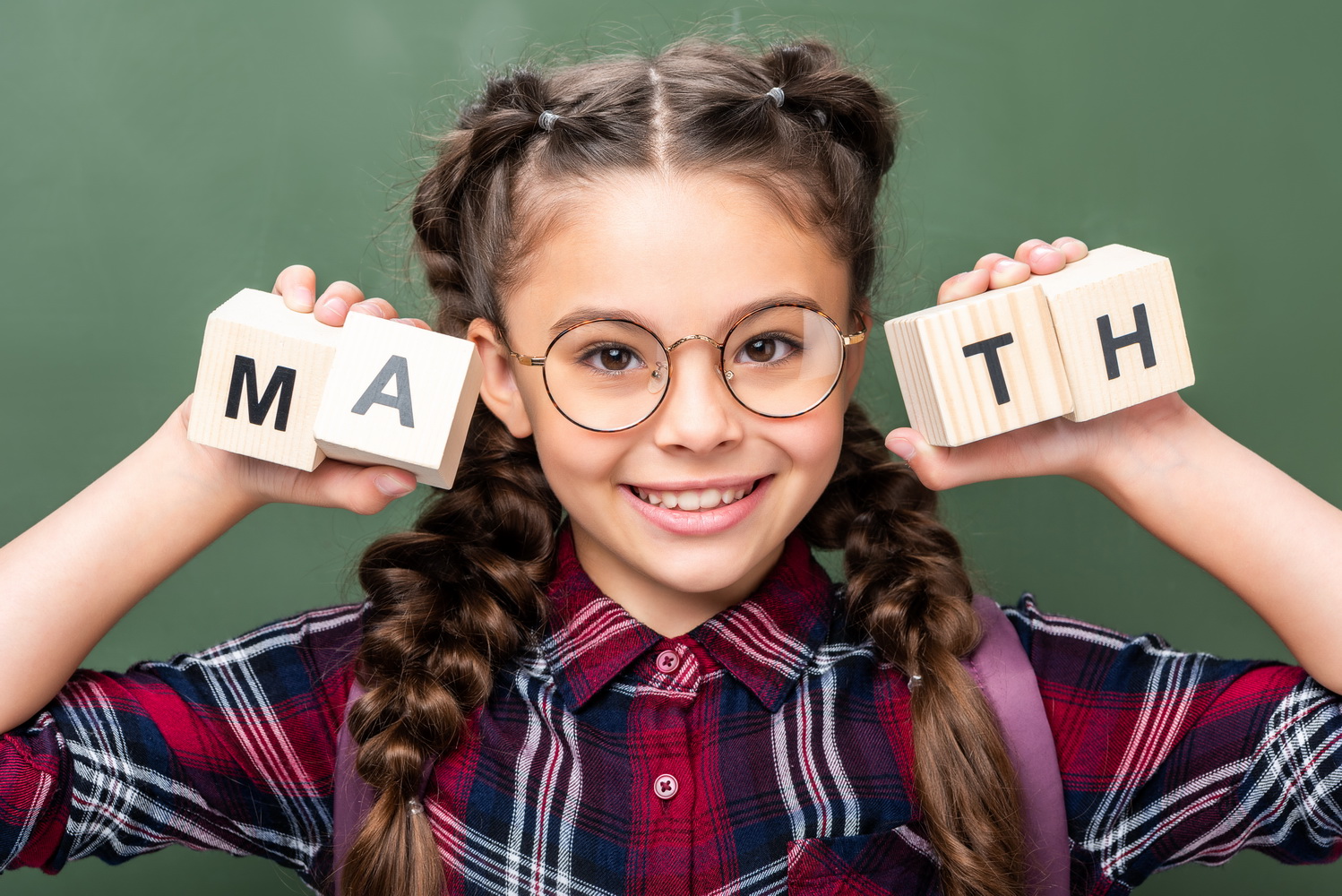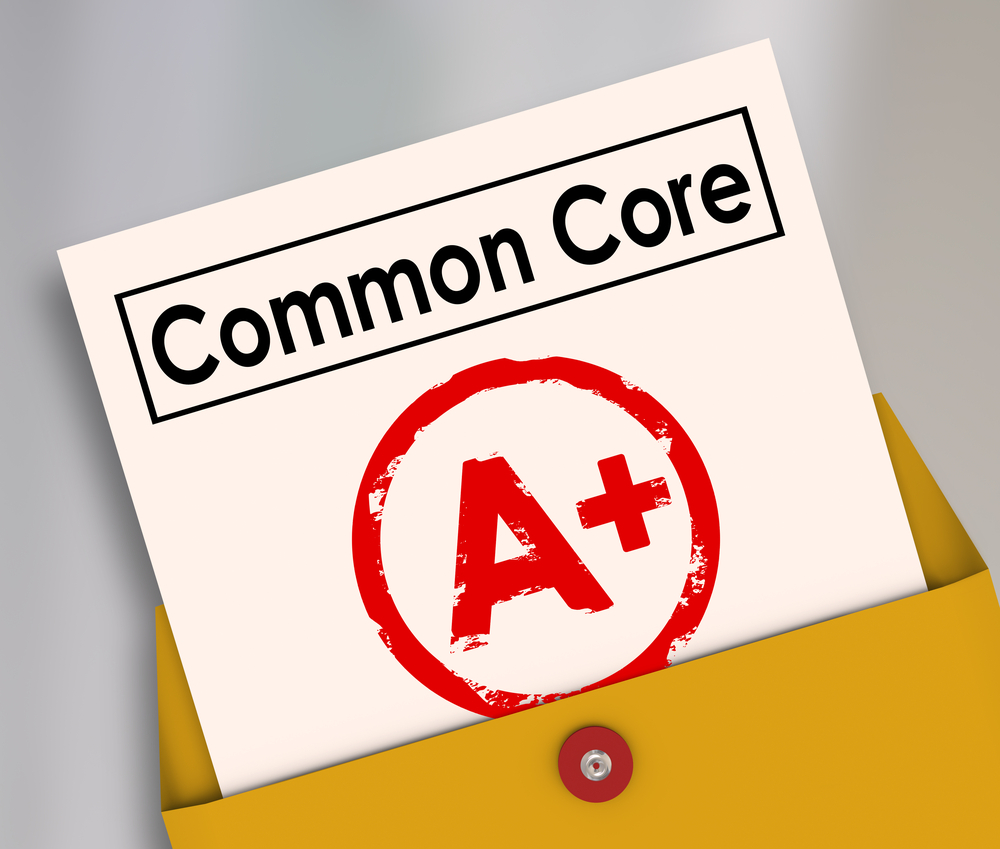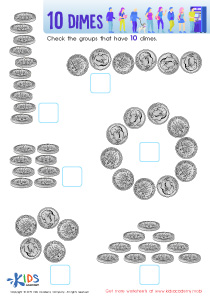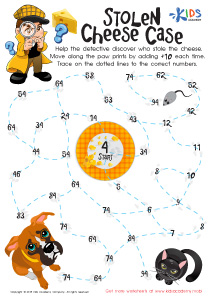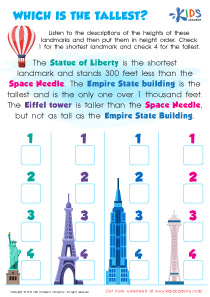Hand-eye Coordination Easy Grade 1 Math Worksheets
5 filtered results
-
From - To
Welcome to our engaging selection of Hand-eye Coordination Easy Grade 1 Math Worksheets! These worksheets are designed to help young learners develop essential hand-eye coordination skills while mastering foundational math concepts. With fun, interactive activities, children will enhance their ability to align visual input with physical movement, improving their precision and accuracy. Each worksheet is crafted to align with first-grade math standards, featuring colorful graphics and age-appropriate exercises. Ideal for classroom use or at-home practice, these resources encourage active learning and make math exciting. Explore our collection today to support your child's growth in both math skills and coordination!
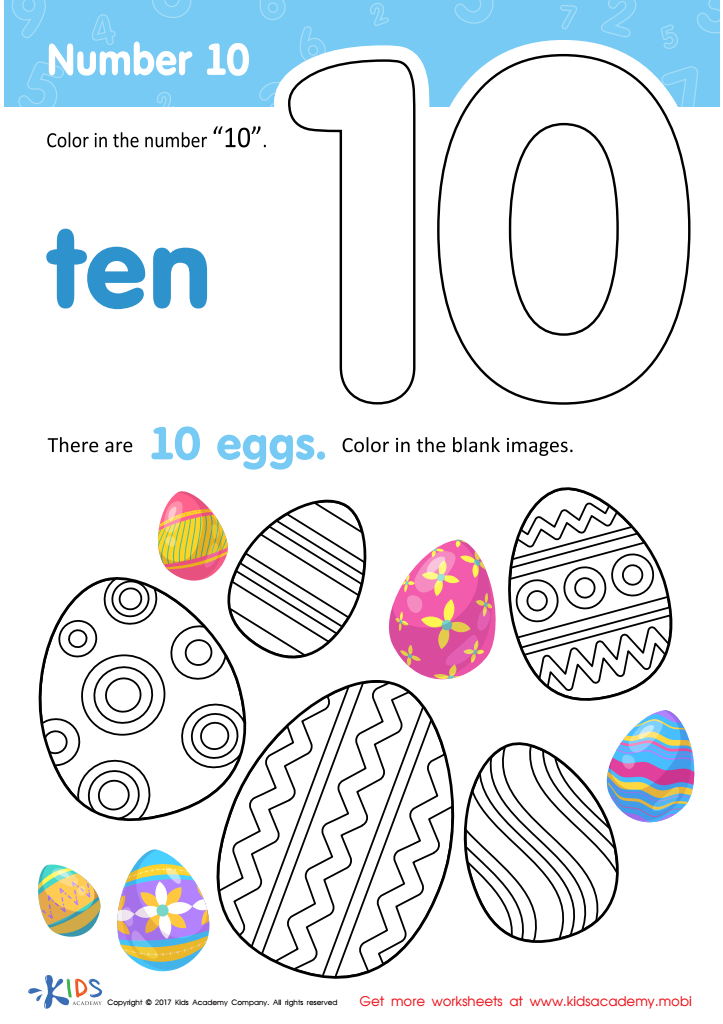

Number 10 Printable
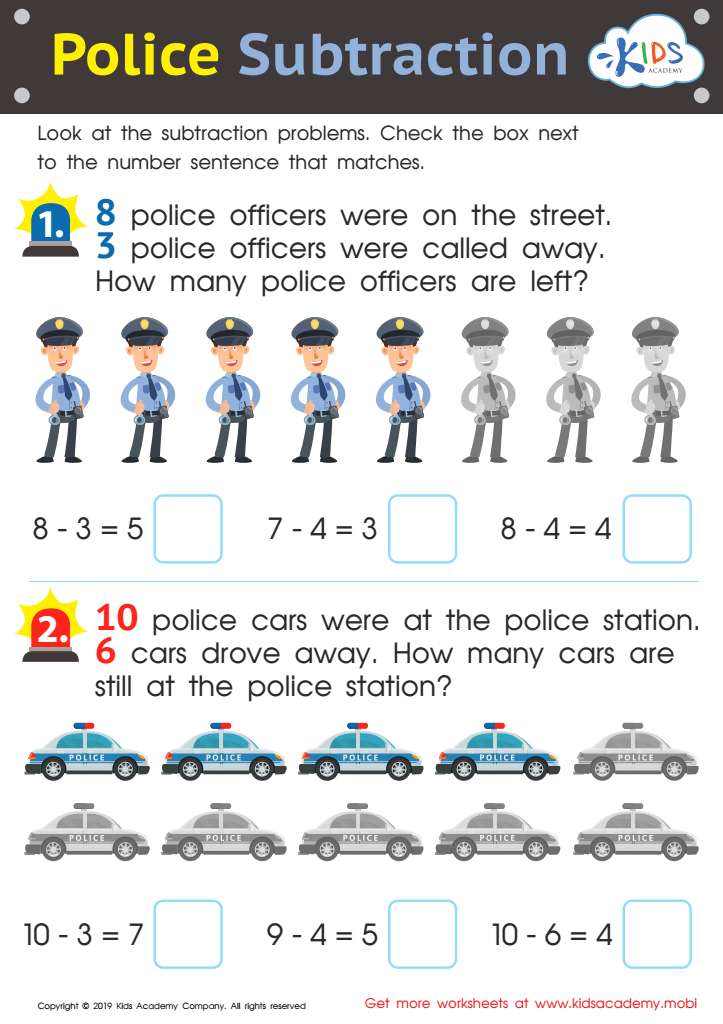

Police Subtraction Worksheet
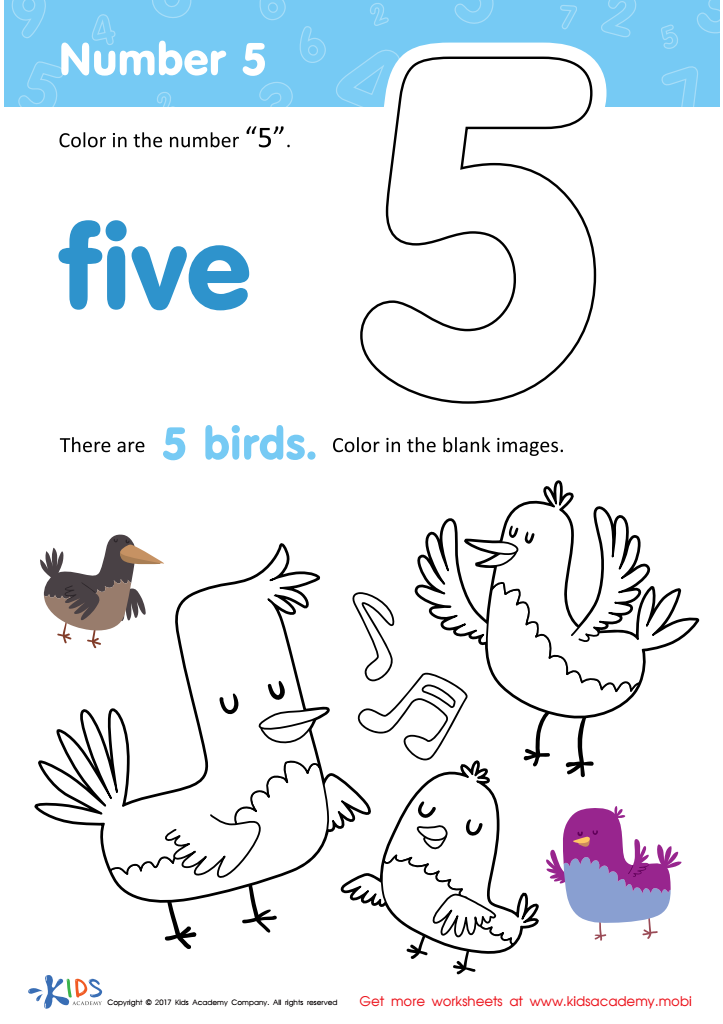

Number 5 Printable
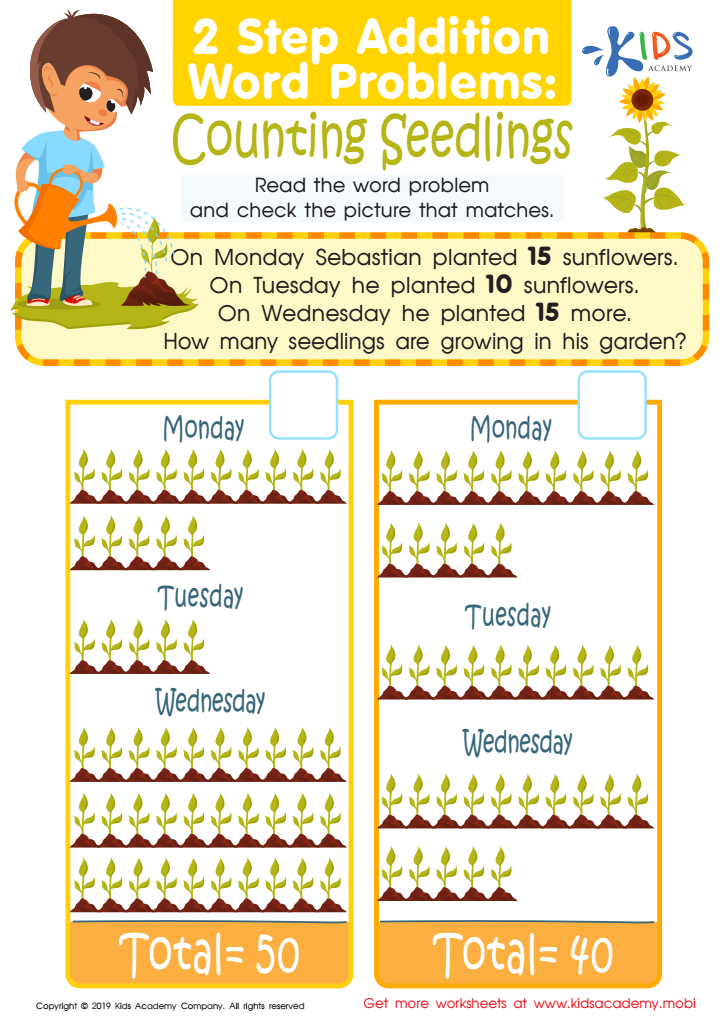

Counting Seedlings Worksheet
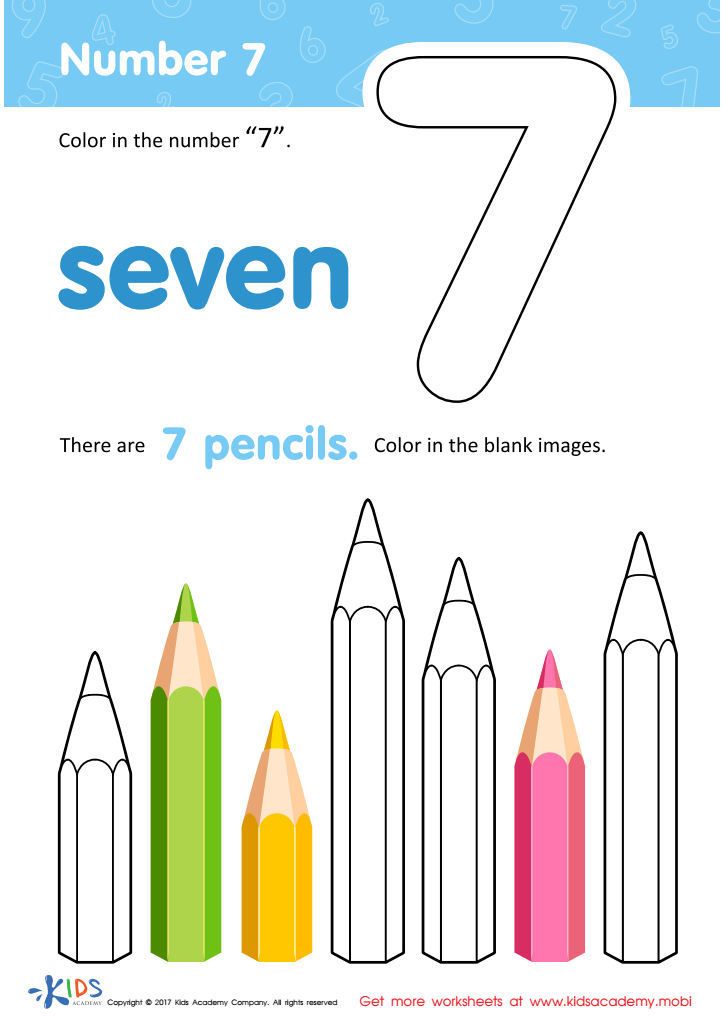

Number 7 Worksheet
Hand-eye coordination is an essential skill that significantly influences a child's development, especially in the context of early education, such as Grade 1 math. This coordination helps children efficiently use their visual perception in conjunction with their motor skills, which is vital for writing, drawing, and manipulating objects like pencils and scissors. When children develop strong hand-eye coordination, they tend to experience greater success in their math activities.
In Grade 1, students often engage in basic mathematical tasks that require physical interaction with objects, such as counting blocks or drawing shapes. Effective hand-eye coordination enables them to feel more confident as they move items and write numbers accurately. Furthermore, parents and teachers who prioritize activities that promote this skill—like playing catch, engaging in crafts, or using educational games—can enrich their children's learning experience, making math not just a subject but a fun activity.
When children master hand-eye coordination, they build a solid foundation for future academic pursuits. Hence, parents and teachers should actively encourage practices that enhance coordination, as these skills bolster not only math performance but overall cognitive and motor development. Investing in this area prepares students for more complex tasks as they progress through their educational journey.
 Assign to My Students
Assign to My Students


